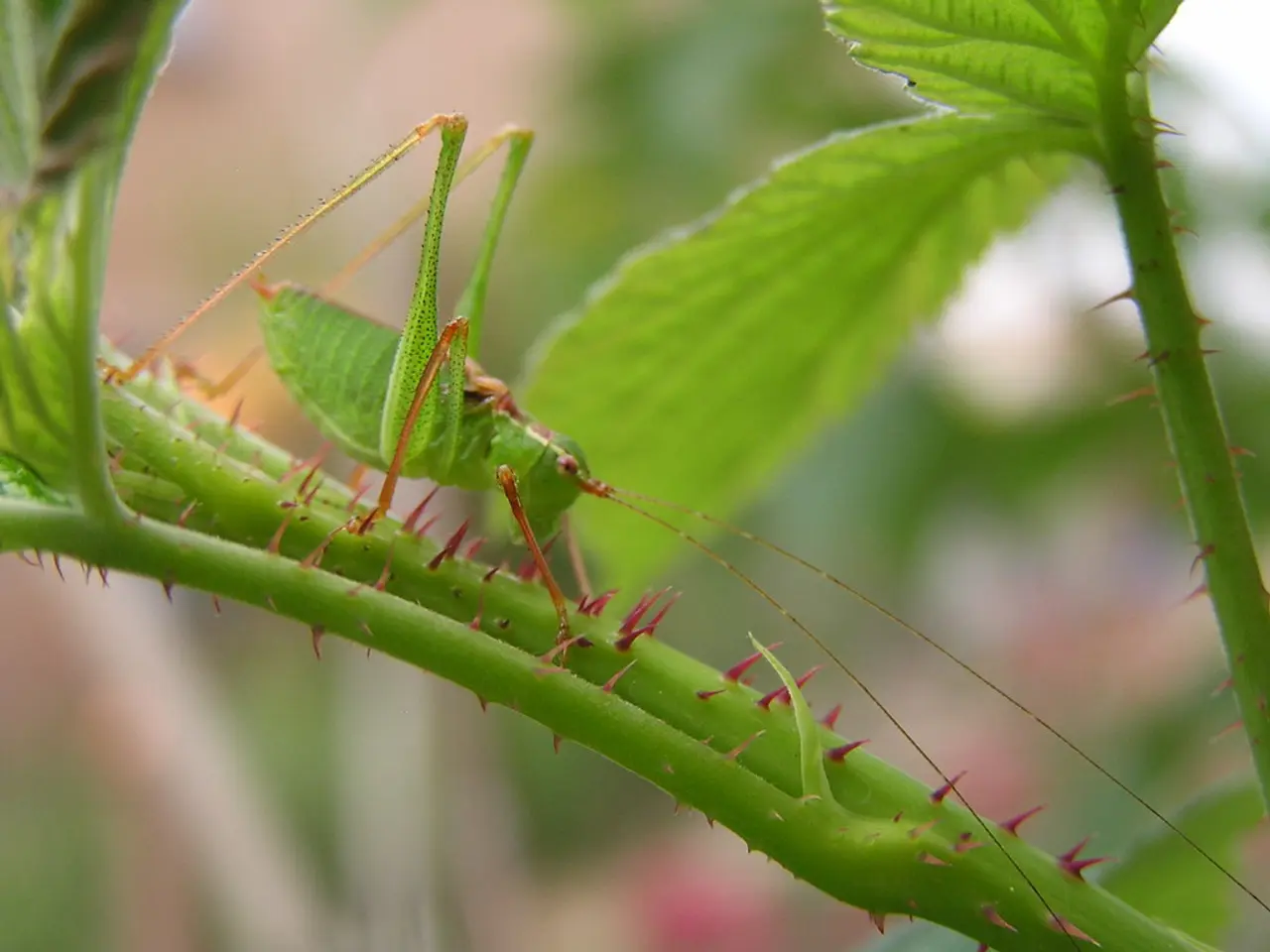Identifying, Preventing, and Treating 6 Prevalent Peony Ailments
Peonies, with their show-stopping displays in late spring, are essential ornamental plants in many gardens. However, these beautiful blooms can be threatened by various diseases, including Botrytis Blight, Powdery Mildew, Phytophthora Blight, Peony Wilt, Root Rot, and Peony Leaf Blotch (Measles).
Identification
- Botrytis Blight (Gray Mold): Look for grayish fuzzy mold on stems, buds, or leaves, often following wet, cool weather. Plants may show blackened stems or collapsed buds.
- Powdery Mildew: Characterized by white, powdery fungal growth on upper leaf surfaces, causing distortion and yellowing.
- Phytophthora Blight: This soil-borne disease causes blackened, water-soaked lesions on stems and roots, leading to wilt and plant death.
- Peony Wilt: Sudden wilting and black discoloration of stems and leaves indicate this fungal infection.
- Root Rot: Roots appear brown or mushy instead of firm and white, resulting from overly wet soil and poor drainage.
- Peony Leaf Blotch (Measles): Shows as reddish-purple or brown spots on leaves that may coalesce, leading to leaf yellowing and drop.
Prevention
- Good Air Circulation: Plant peonies in locations with good airflow to reduce humidity that favors fungal growth.
- Proper Planting: Avoid burying crowns deeply; peonies need shallow planting to prevent crown rot.
- Sanitation: Clean and disinfect pruning tools between plants to minimize disease spread.
- Remove Infected Material: Prune and discard diseased stems and foliage promptly to reduce inoculum.
- Avoid Overwatering and Ensure Well-Drained Soil: Excess moisture promotes root and stem diseases.
- Mulch Lightly: Heavy mulch can retain too much moisture around crowns.
Treatment
- Fungicides: Apply recommended fungicides for Botrytis Blight and Powdery Mildew early in the season or at first sign of disease. Use fungicides labeled for peonies and follow instructions carefully.
- Remove and Destroy Diseased Tissue: Especially for Peony Wilt and Leaf Blotch to reduce disease spread.
- Improve Soil Drainage: For Root Rot and Phytophthora Blight, improving drainage and avoiding waterlogged soil is crucial.
- Avoid Pesticides Against Ants on Peonies: Ants protect peonies from pests; pesticide use may harm beneficial insects and disrupt ecosystem balance.
Regular monitoring and prompt action are essential to managing these diseases effectively. For detailed, plant-specific management, consulting local extension services or authoritative horticulture resources is recommended.
[1] Extension Gardener: Peony Diseases [2] Cornell University: Peony Diseases [3] Missouri Botanical Garden: Peony Diseases [4] Michigan State University: Peony Diseases
Gardening enthusiasts might find it beneficial to pay close attention to their home-and-garden lifestyle when caring for peonies, as various diseases such as Botrytis Blight, Powdery Mildew, and Peony Leaf Blotch (Measles) can negatively impact these lovely flowers. To protect the garden's peonies, it's essential to ensure good air circulation, avoid overwatering, use recommended fungicides, and practice sanitization when needed.





